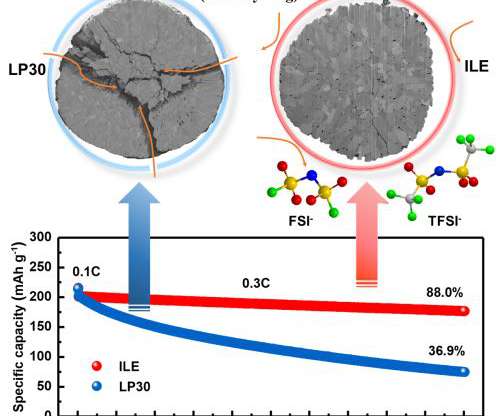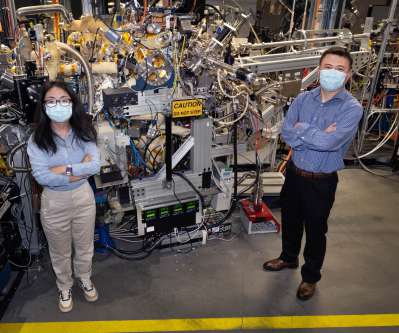Dalhousie researchers find low-voltage NMC532 cells have higher energy density than LFP, very long lifetime
Green Car Congress
MAY 30, 2022
Researchers led by Professor Jeff Dahn at Dalhousie University in Canada report that low-voltage NMC cells—particularly those balanced and charged to 3.8V Single crystal Li[Ni 0.5 V) were cycled with charging to either 3.65 V) were cycled with charging to either 3.65 V vs Li + /Li.





















Let's personalize your content